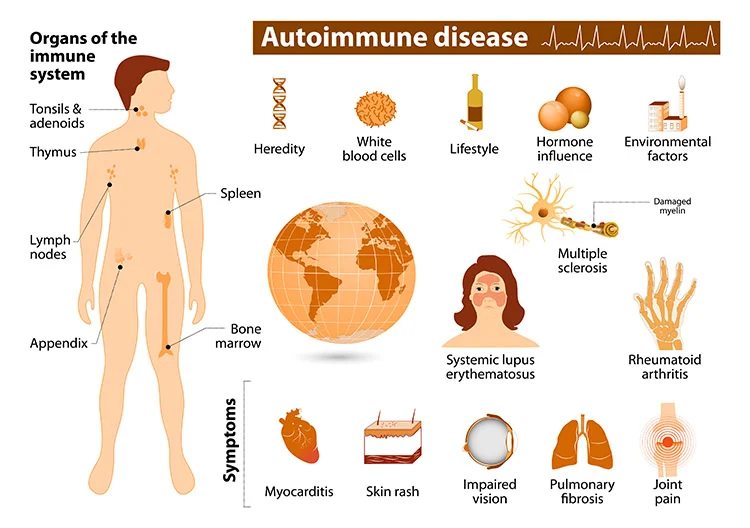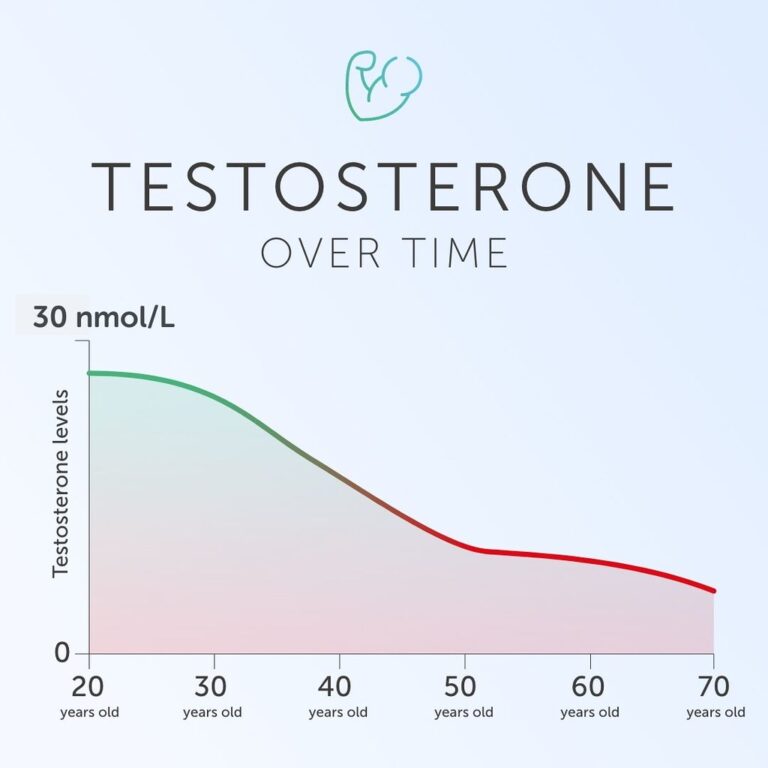MSUD (maple syrup urine disease) is a hereditary metabolic illness. Your body is unable to break down specific amino acids due to the condition.
After your body digests protein from diet, amino acids are what remain. Amino acids are processed by enzymes so that they may be used to sustain all of your body’s activities. If any of the required enzymes are missing or faulty, amino acids and their metabolites, known as keto acids, accumulate in your body. As the concentrations of these compounds rise, they can cause:
- Neurological harm
- Coma
- Life-threatening circumstances
The body lacks an enzyme known as BCKDC in MSUD patients (branched-chain alpha-keto acid dehydrogenase complex). The BCKDC enzyme breaks down three essential amino acids known as BCAAs: leucine, isoleucine, and valine (branched-chain amino acids). BCAAs may be found in protein-rich meals such as meat, eggs, and milk.
MSUD, if left untreated, can develop serious physical and neurological difficulties. MSUD can be managed with dietary changes. Blood tests can be used to track the effectiveness of this approach. Early detection and intervention increase the likelihood of long-term success.
WHAT ARE THE TYPES OF MSUD?
- BCKDC deficiency
- branched-chain ketoaciduria
- branched-chain ketonuria I
- branched-chain alpha-keto acid dehydrogenase deficiency
- Classic MSUD: This is the condition’s most prevalent and severe type. This type of individual has minimal, if any, enzyme activity – roughly 2% or less of normal activity. Symptoms begin to appear in neonates within a few days following birth. When the infant’s body begins to digest protein from feedings, the onset normally occurs.
- Intermediate MSUD: This is an uncommon variant of MSUD. Symptoms and beginning age vary widely. This kind of MSUD has a greater degree of enzyme activity than traditional MSUD — around 3 to 8% of normal activity.
- Intermittent MSUD: This kind does not interfere with normal physical or mental development. Symptoms normally do not develop until a kid is between the ages of one and two. It is a milder version of traditional MSUD. Individuals have substantial enzyme activity, ranging from 8 to 15% of normal activity. When a youngster suffers stress, sickness, or an unexpected increase in protein, the disease often begins.
- Thiamine-responsive MSUD: Large dosages of thiamine, or vitamin B-1, often treat this unusual variant of the illness. Symptoms often appear after infancy. Although thiamine can be useful, dietary limitations are often required.
WHAT ARE THE SYMPTOMS OF MSUD?
- Lethargy
- A lack of appetite
- An odor of maple sugar in earwax, perspiration, and urine
- Unusual sleeping habits
- Slimming down
- A lack of sucking ability
- Irritability
- Alternating periods of hypertonia (muscle stiffness) and hypotonia (muscle limpness)
- Crying with a high pitch
- Seizures
- Deficits in neurological function
- Sluggish growth
- Delays in development
- Feeding issues
- An odor of maple sugar in earwax, perspiration, and urine
WHAT ARE THE CAUSES OF MSUD?
WHAT ARE THE RISK FACTORS FOR MSUD?
- There is a 25% probability of acquiring two mutant genes and developing MSUD.
- There is a 50% probability of getting only one faulty gene and becoming a carrier.
- Each parent has a 25% probability of passing on one normal gene.
WHAT ARE THE COMPLICATIONS OF MSUD?
- Excessive exhaustion or lethargy
- Lack of vigilance
- Irritability
- Vomiting
- Seizures
- Brain swelling
- Insufficient blood flow to the brain
- Metabolic acidosis is a condition in which the blood contains a high concentration of acidic chemicals.
- Coma
- Serious neurological injury
- Intellectual handicap
- Blindness
- Spasticity, also known as uncontrollable muscular tightness
- Life-threatening problems can develop over time and lead to death, especially if left untreated.




